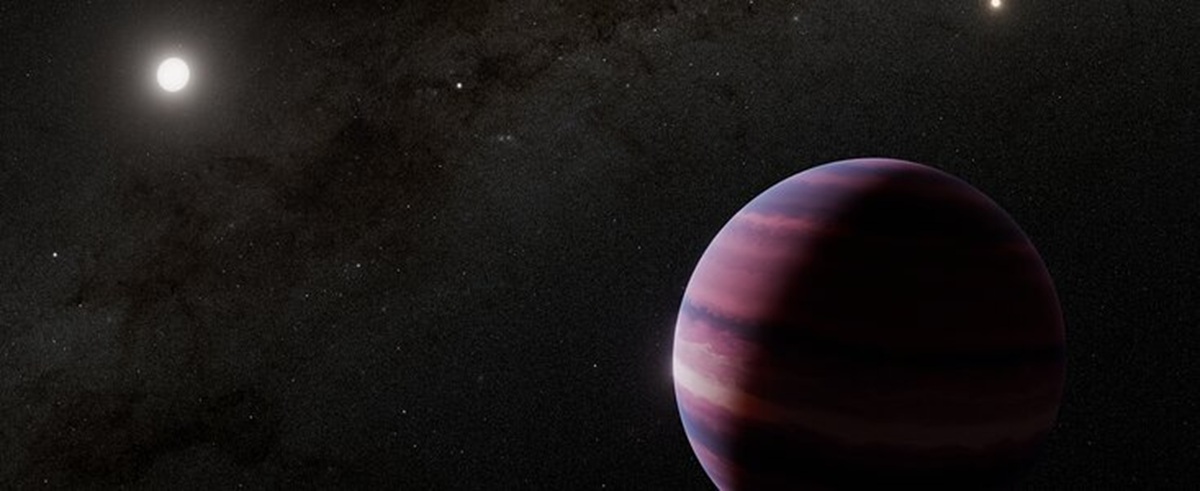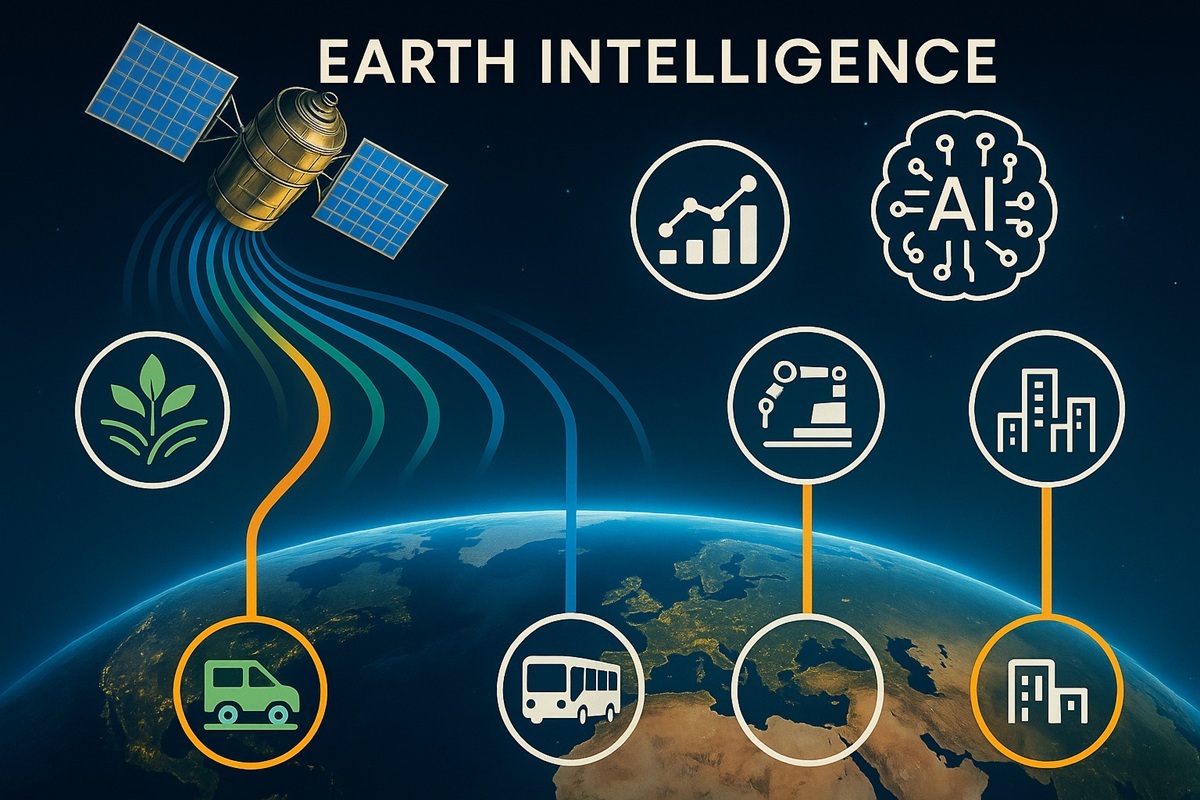In a breakthrough that could redefine our search for other worlds, astronomers using the NASA/ESA/CSA James Webb Space Telescope (JWST) have found the strongest evidence yet of a giant planet orbiting Alpha Centauri A, the closest Sun-like star to our solar system. If confirmed, this planet would be the closest ever found in the habitable zone of a solar twin—offering profound insight for science and a tantalizing prospect for the future of interstellar exploration.
Alpha Centauri: The Next-Door System with Ancient Mysteries
The Alpha Centauri system, located just 4 light-years (about 25 trillion miles) away in the southern constellation of Centaurus, has captivated humanity’s imagination for generations—a gleaming point of light that might, astronomers have long speculated, harbor worlds much like our own. It’s comprised of three stars: the yellow-orange twins Alpha Centauri A and B, both very similar to our Sun, and the faint red dwarf Proxima Centauri, which is known to host three confirmed exoplanets.
Yet, the prospects of finding planets around Alpha Centauri A or B have remained elusive until now. Direct evidence of such worlds has faced formidable hurdles; the proximity, brightness, and complex gravitational dance of the binary stars make detection exceptionally difficult.
Webb’s Technical Triumph: Seeing Through the Solar Glare
Launched in December 2021, the James Webb Space Telescope was built to peer through cosmic dust and over immense distances, revealing galaxies at the dawn of time. But in one of its most technically challenging feats to date, Webb’s formidable eyes turned to our celestial neighborhood. Engineers and scientists crafted a custom observing sequence, harnessing the telescope’s Mid-Infrared Instrument (MIRI) coronagraph to block glare from Alpha Centauri A and, as much as possible, its close companion Alpha Centauri B. This innovation allowed them to search for objects over 10,000 times fainter than the host star itself—no small accomplishment given the stellar proximity.
Charles Beichman, co-first author of the crucial studies and senior scientist at NASA’s Exoplanet Science Institute, explained, “Webb was designed and optimized to find the most distant galaxies in the universe. The operations team … had to come up with a custom observing sequence just for this target, and their extra effort paid off spectacularly.”
A Faint Signal in the Habitable Zone
The breakthrough came in August 2024, when Webb’s MIRI captured the faint glow of an object separated from Alpha Centauri A by about two astronomical units (AU)—twice the distance between Earth and the Sun, squarely within the star’s habitable zone. Excitement surged: was this the long-sought exoplanet circling our closest solar twin?
The energy emitted suggested a cold, gas giant—about the same mass as Saturn, with an elliptical orbit ranging between one and two AU from Alpha Centauri A. Though a massive planet, and thus unlikely itself to harbor life, its presence in the habitable zone is significant. Astronomer Aniket Sanghi, co-first author and a graduate student at Caltech, put it this way, “Of all the directly imaged planets, this would be the closest to its star seen so far. It’s also the most similar in temperature and age to the giant planets in our solar system, and nearest to our home, Earth. Its very existence … would challenge our understanding of how planets form, survive, and evolve in chaotic environments.”
A Disappearing Act: The Case of the Missing Planet
Science demands rigor and repeatability. To confirm the August finding, astronomers returned to Alpha Centauri with Webb in February and April 2025. Strikingly, the candidate planet eluded detection on both occasions. Was this a fleeting mirage—a trick of scattered starlight—or a cosmic game of hide and seek?
Rather than discouragement, this mystery encouraged more analytical rigor. The team employed computer models to simulate millions of plausible orbits. Accounting for past hints from ground-based telescopes like the European Southern Observatory’s Very Large Telescope in 2019, the team realized that, in about half the scenarios, the planet would simply be too close to the blinding glare of Alpha Centauri A to be distinguishable at those later dates.
“We found that in half of the possible orbits simulated, the planet moved too close to the star and wouldn’t have been visible to Webb in both February and April 2025,” explained Sanghi.
The Saturn Connection: A Giant Ringside Seat
Although this planet is, by all indications, a gas giant inhospitable to life as we know it, the discovery excites the astronomical community. Models suggest its mass may be comparable to Saturn and it might even sport rings or rapid pole-on rotation, increasing its brightness in mid-infrared wavelengths. Its orbit, if confirmed, would take it from Earth-like distances to about twice as far from its parent star—adding wrinkles to theories about planet formation in complex binary systems.
More intriguingly, the giant planet’s gravitational “clearing” effect might mean that any hope of rocky, Earth-like worlds in Alpha Centauri A’s habitable zone is slim. As Sanghi notes, “…if confirmed, the big planet’s gravity would dominate Alpha Centauri A’s habitable zone, kicking out any Earthlike planets—much like a bowling ball clears its pins.”
Implications: The Nearest Laboratory for Exoplanet Science
Should continued observations confirm Webb’s detection, this planet would seize a place of honor in the annals of exoplanet science. For the first time, astronomers could closely study a Saturn-sized world circling a Sun-twin only four light-years away. The proximity allows for unprecedented follow-up studies, atmospheric characterization, and perhaps—one day, with next-generation probes—even the possibility of robotic exploration.
Pierre-Olivier Lagage of CEA, France, who helped develop MIRI, captured the sense of scientific anticipation, “When we were developing the instrument we were eager to see what we might find around Alpha Centauri, and I’m looking forward to what it will reveal to us next!”
High Stakes and Interstellar Dreams
Alpha Centauri has long occupied a special niche in our culture and scientific aspirations. In fiction, it was famously imagined as the home for Pandora in the “Avatar” movies—an Earthlike moon orbiting a gas giant around this very star. Now, fact edges past science fiction; not only do we have strong evidence of such a world, but with Webb’s direct imaging, we are approaching the threshold where routine study of exoplanets in nearby systems becomes reality.
Yet, mysteries remain. The planet is not yet 100% confirmed; future observations are required, with astronomers already planning follow-up campaigns for 2026 and beyond. If confirmed, the discovery will set the gold standard for exoplanet observations, serving as a testbed to examine questions of atmosphere, weather, orbit, and maybe even moons—a true milestone in humanity’s quest to understand our place in the cosmos.
This discovery is also a triumph of multinational collaboration. Webb combines the expertise of NASA (who led the mission and supplied much of the spacecraft), the European Space Agency (which provided the launch on the Ariane 5, the NIRSpec spectrograph, and half of MIRI’s hardware), and the Canadian Space Agency. The instrument that made this feat possible—MIRI—was developed and built by a European consortium working with JPL and the University of Arizona.
The evidence for a Saturn-mass giant planet orbiting Alpha Centauri A is the best yet. If future observations confirm its existence, it will transform not only exoplanet science but also our sense of the solar neighborhood as an accessible, tangible place. As with all great discoveries, it opens more questions than it answers—but these are questions that future generations, perhaps even by traveling to this new world, may someday answer for themselves.





